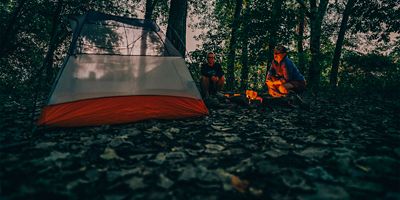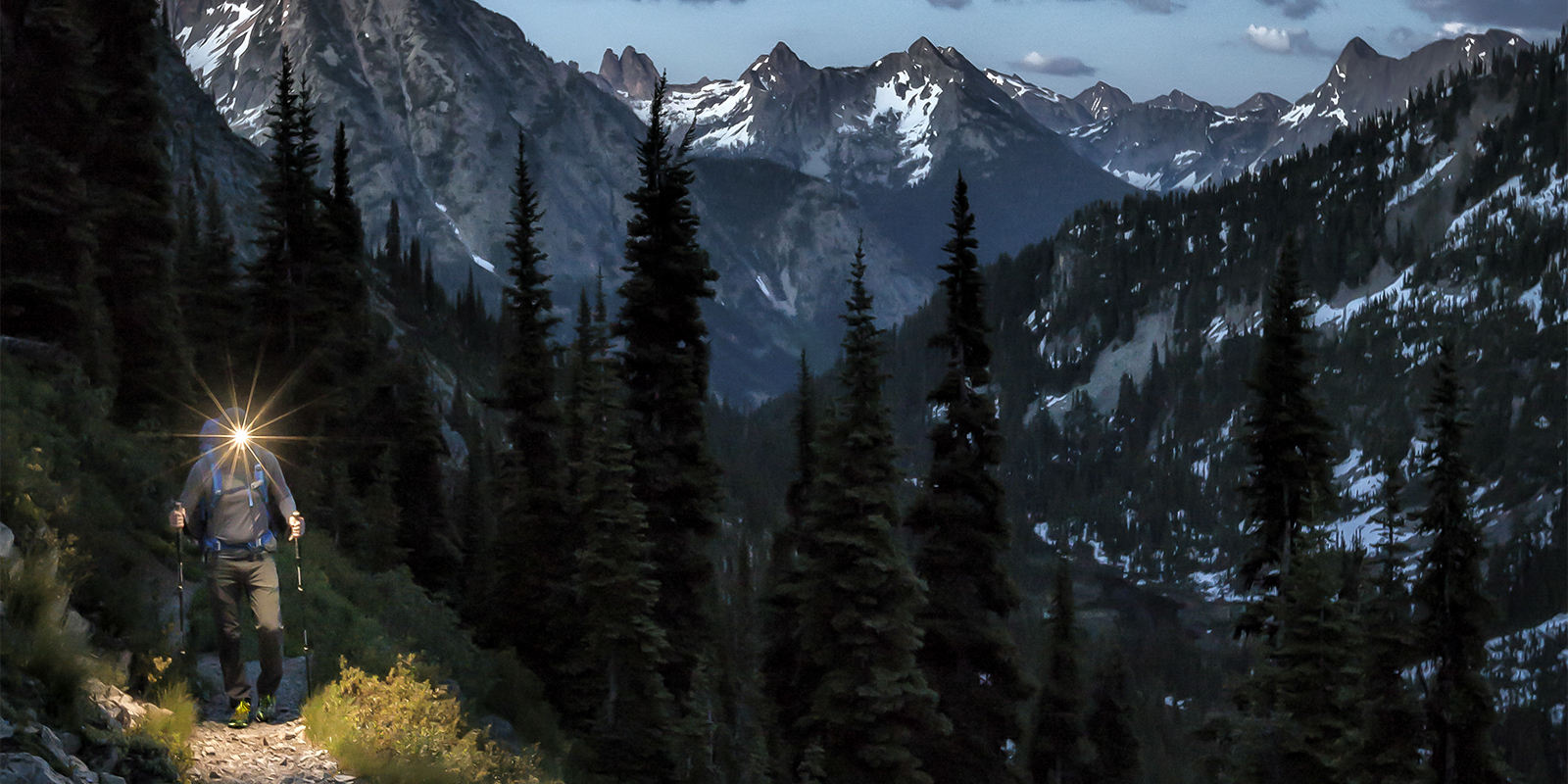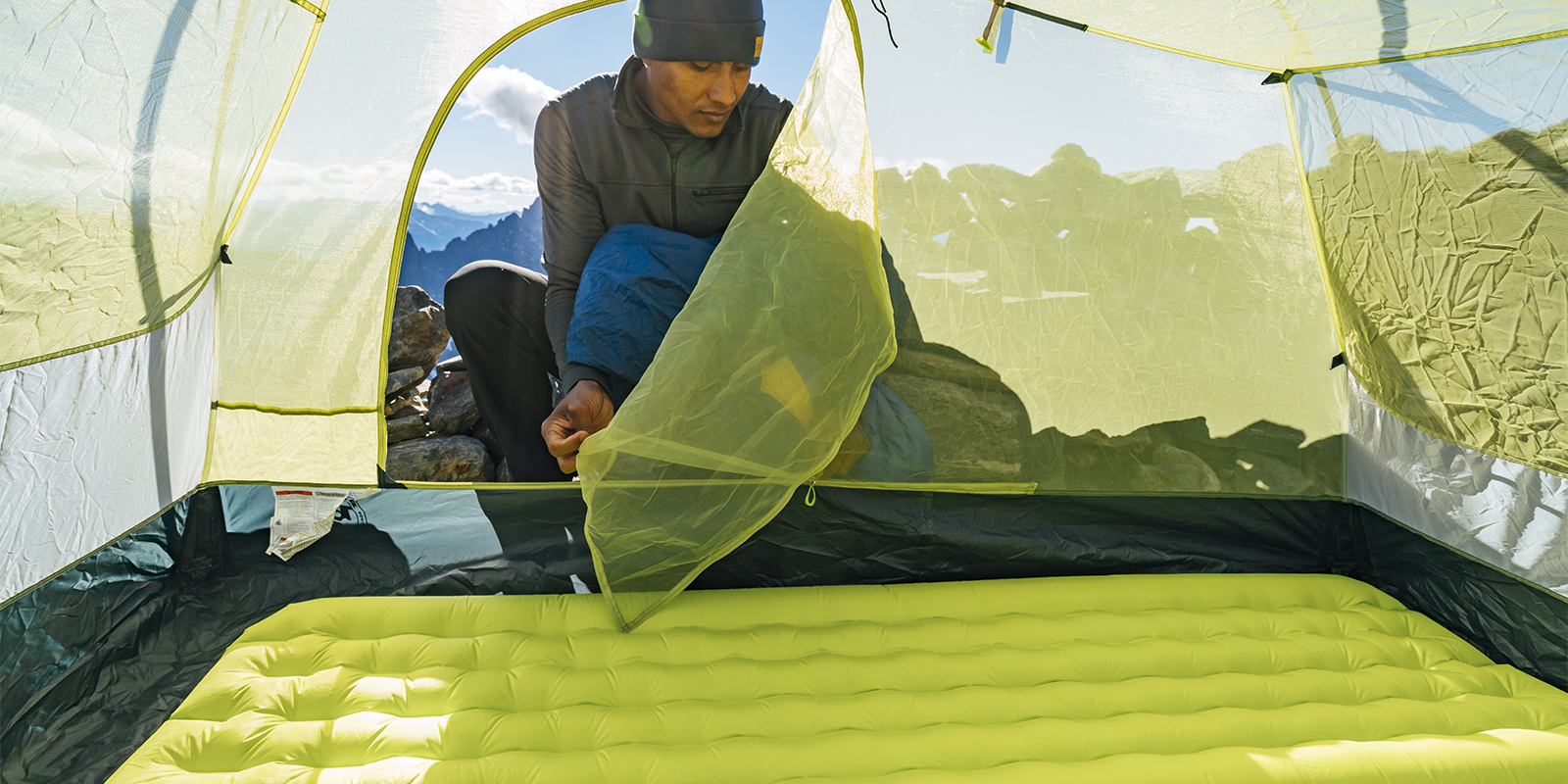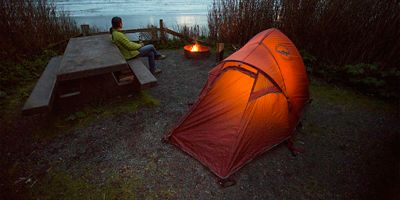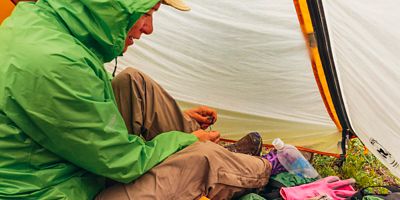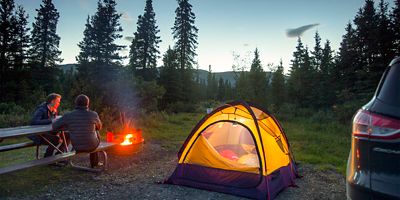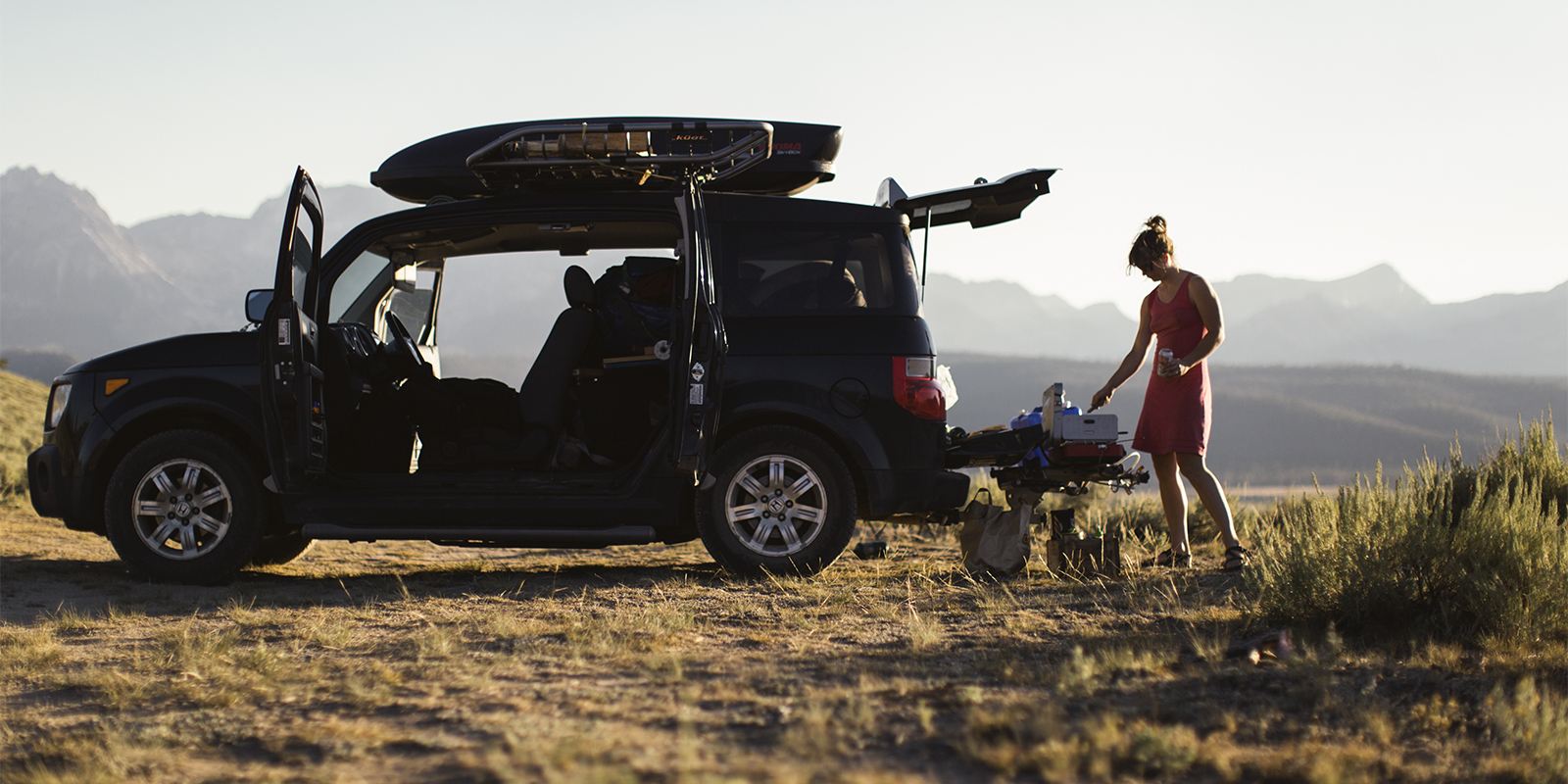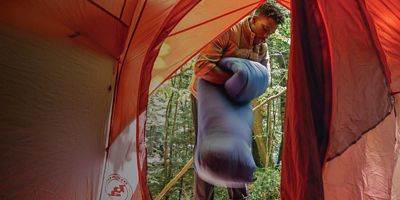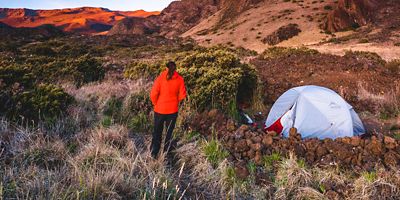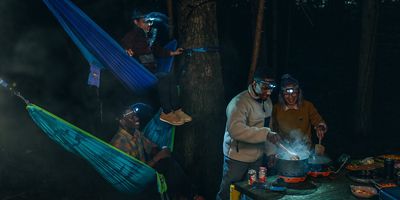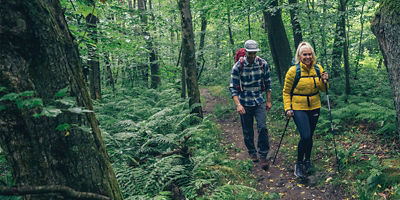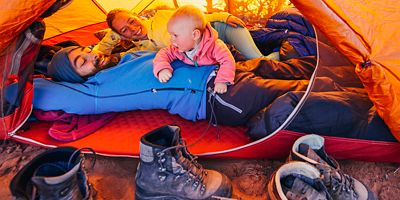While ideal running conditions may be cool temperatures under a blue sky with a slight breeze (at your back!), running outdoors in all conditions is not only doable, but it can be enjoyable. With some strategic timing, gear selection and smarts, you’ll soon laugh in the face of adversity as you lace up your shoes and head out for a run. After all, what doesn’t kill you makes you stronger, right?
HEAT
When: During the dog days of summer, the time of day that you run matters. Rising early and running before temperatures rise can make the difference between a pleasant run and a test of survival. Late evening runs, especially after the sun goes down, can also be an effective strategy to avoid the heat.
Where: Choose shady locations, like trails or paths through dense tree cover, against hillsides that block sunlight, or between tall buildings. Opt for routes that cross water—either road or trail runs that cross creeks, streams, or pass by lakes. On urban runs, consider how and where you might pass water fountains or spots for refilling hydration.
What to Wear/Bring: Choose lightweight, breathable fabrics. Cover your face and eyes with a hat or visor. Carry water/hydration fluids.
HUMIDITY
When/Where: In some places, it’s tough to escape humidity, but choosing shaded routes or routes near or by water can help with the heat aspect of summer humidity.
What to Wear/Bring: Sweat-wicking fabrics are your friend. But since you’ll likely end up drenched anyway, make sure those fabrics are also lightweight and quick-drying. Carry hydration/fluids, as runners lose exponential amounts of sweat in humid conditions. Wear hats/visors with sweat-wicking headbands, or a headband on its own, to help keep sweat out of your eyes.





